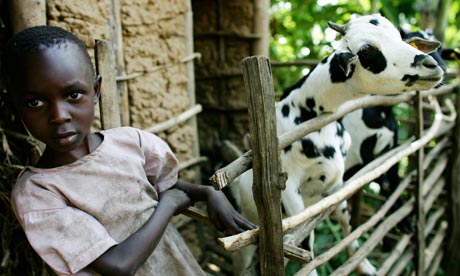
Hunger has three meanings (Oxford dictionary 1971).
1. The uneasy or painful sensation caused by want of food, craving appetite, also the exhausted condition caused by want of food.
2. The want or scarcity of food in a country.
3. A strong desire or craving
World hunger as we have discussed as a group, refers to the second definition. Through our research we have discovered the number of hungry people in the world is 925 million (2010).
Of that;
Of that;
· 19 million come from developed countries
· 37 million Near East and North Africa
· 53 million Latin America and the Caribbean
· 239 million sub Saharan Africa
· 578 Asia and the Pacific
The amount of people malnourished is currently unknown.

Factors which contribute to hunger in certain countries include:
poverty, the ability to afford food, lack of education, and an increasing population, lack of family planning clinics and cultural and religious beliefs and climate change.
These factors are especially true for areas within the Philippines, Thailand and Indonesia.
poverty, the ability to afford food, lack of education, and an increasing population, lack of family planning clinics and cultural and religious beliefs and climate change.
These factors are especially true for areas within the Philippines, Thailand and Indonesia.
The average women in these countries have 7 children and try to support their families simply from catch of the sea. In different parts low rainfall encroachment into other areas is causing food security issues, no crops, no rain and more frequent drought events.
The number of hungry people has increased since 1995 and is due to three factors:
1. Neglect of agricultural relevant to very poor people in governments and international agencies
2. Current worldwide economic crisis.
3. Significant increase in food prices
1 in 7 people are hungry
In Australia alone 2 million Australians do not eat enough food daily and around 1 million children go to school without breakfast or go to bed without dinner. Australia is known as the lucky country because we have the ability to produce enough food to feed 60 million people, which is equivalent to feeding the nation three times over. But still there are people that are hungry in Australia. We are also a very wasteful nation throwing away 4 million tonnes of food every year due to quality and appearance.
We have learnt the world has the ability to feed everyone, it is estimated world education produces 17% more calories per person today than it did 30 years ago, despite a 70% population increase.
The key message:
POVERTY IS THE PRINCIPAL CAUSE OF HUNGER
Ok so what can we do?
1. Reduce greenhouse gas emissions
(a) Farming more efficiently
(b) Efficient pasture production
(c) Choice of pastures to lower methane production
(d) Less use of nitrogen based fertilisers – lowers nitrous oxides
2. Education
(a) Lack of knowledge about contraception
(b) Family planning
(c) Development of green zones
3. Food security
4. Food banks
5. Emergency feed centres
Food from our school farm being sold at Friday Staff morning tea by Junior SRC members

Food from our school farm being sold at Friday Staff morning tea by Junior SRC members



Wow. Great blog. I didn't realise the scope of the Archibull. Very impressive. An ex-Sholhaven High ag teacher (now teaching at St Johns), David Muller, is currently in Africa working on a project to increase agricultural production in an area of Kenya. His blog is inspirational and gives a first hand account of the exact issues you are addressing here in your Archibull blog. [url]http://davemuller.aussieblogs.com.au/author/davemuller/[/url] Well done team. Keep up the great work.
ReplyDeleteGreat blog guys! While I was reading this (and the beef farming entry) I was reminded of the Gardening Australia special episode about Farming (http://tiny.cc/99lekw). In particular I liked the "Healing the Land" segment, about a young couple in Victoria who are using sustainable land practices and micromanagement tools to raise productivity of their farm.
ReplyDeleteIt works on the same principle as crop rotation, except that the cows and chickens (and eventually pigs too) are cycled through each section of the property. The cows are managed by cordoning them off (using a single wire electrical fence) in a section of their current paddock that provides just enough for one day's grazing. Then in the evening, the farmer has a new cordon further down the field, allows the cattle to move into it, closes up behind them and then moves the previous back fence along to the new position for the next day. The ground then has time to revive after being trampled.
Three or four days later, the chicken tractor is then moved on so that the chooks can scratch around, eat the weeds and bugs and fertilize the soil again.
The pasture is then allowed to grow back up and becomes a more nourishing and pest-free food supply for the next time that the cattle come through.
Good luck guys. Love the blog. Keep up the good work.